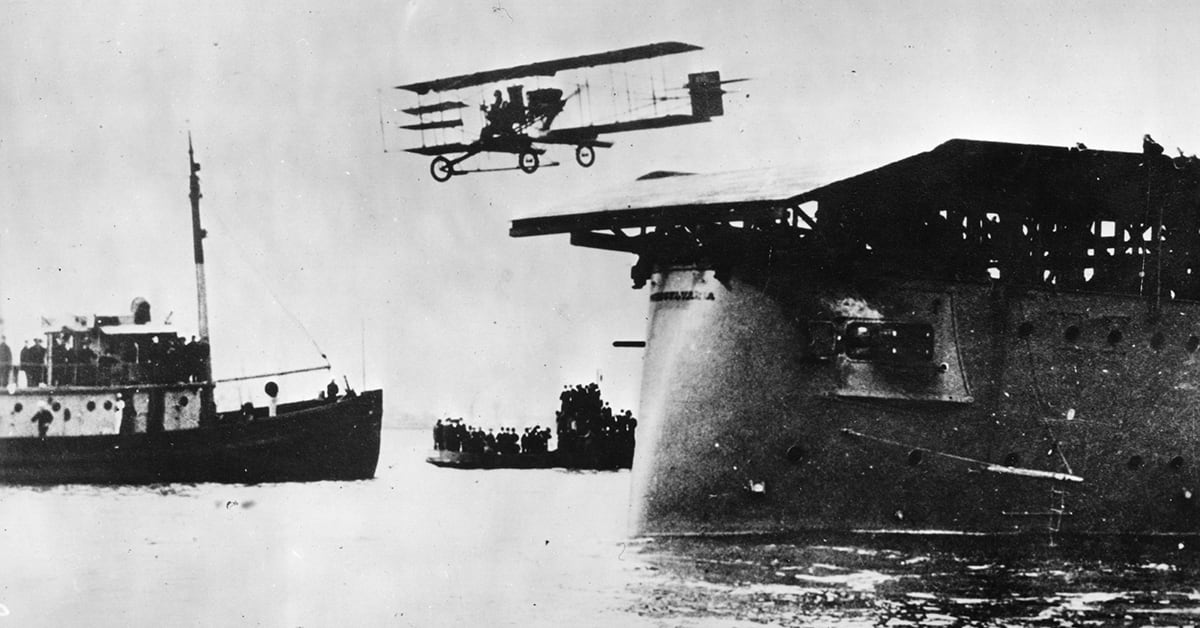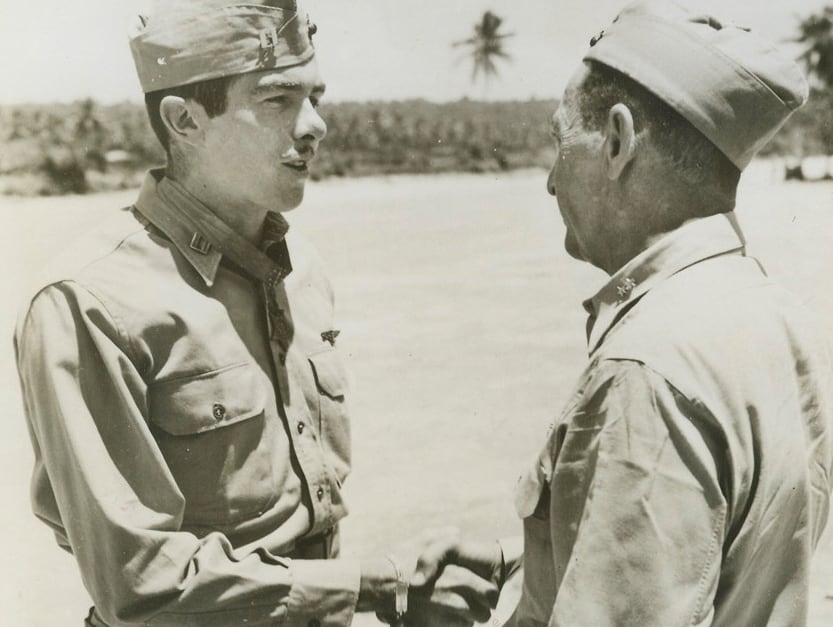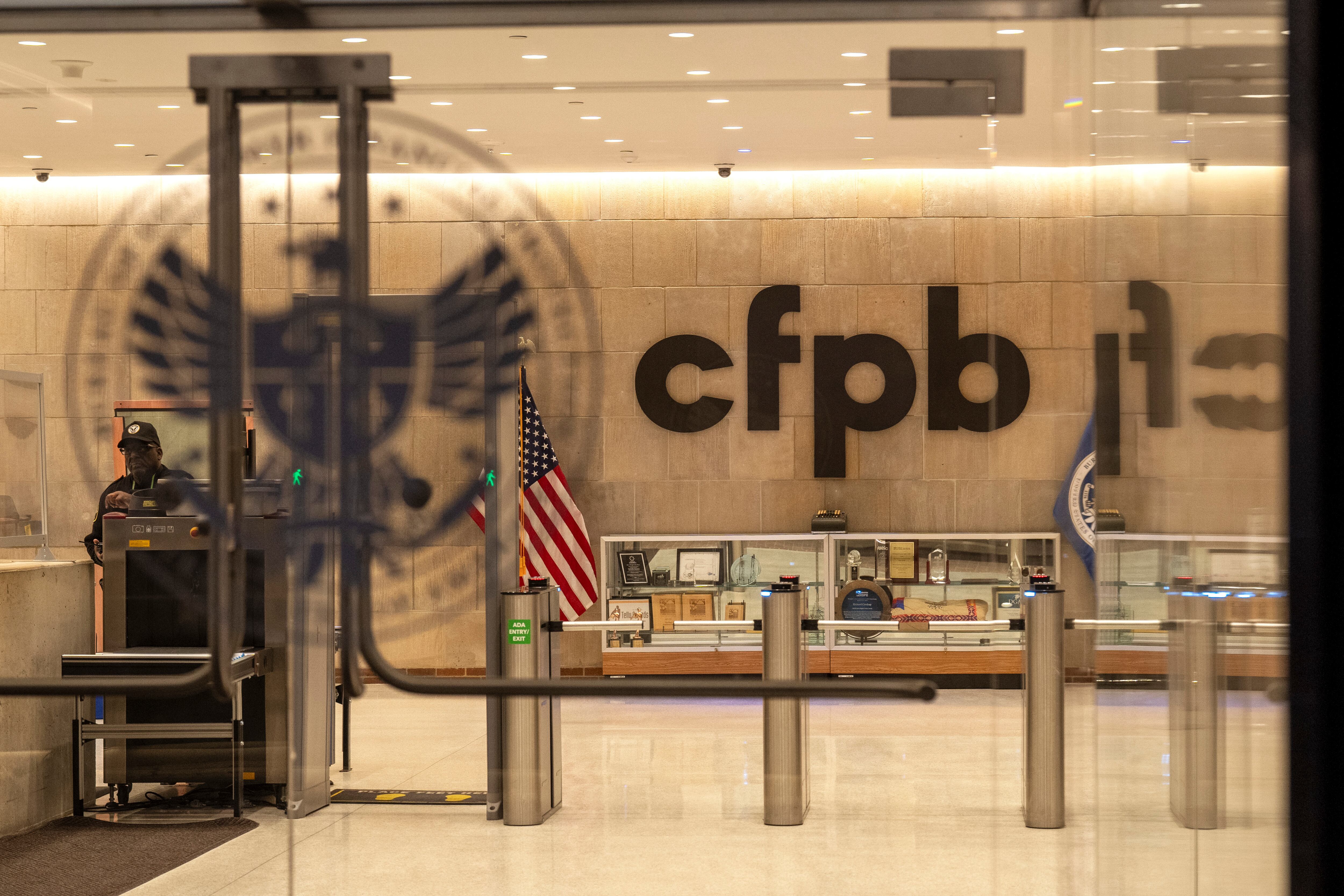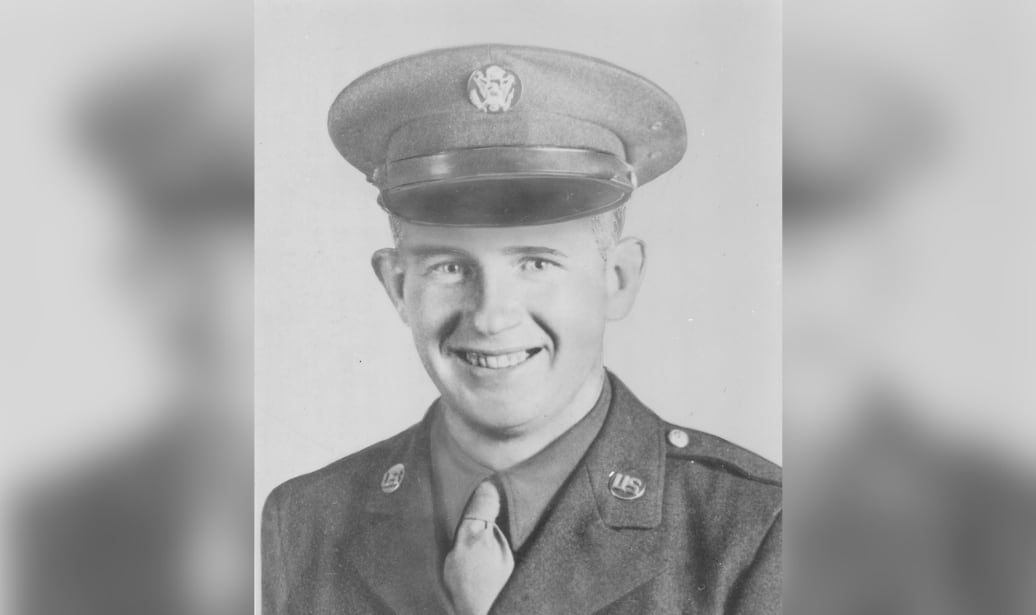Editor’s note: Jan. 18, 2018 marks the 107th anniversary of the first landing of an aircraft on a Navy ship in 1911. This article was originally published in the July 2011 edition of Aviation History Magazine.
Naval aviation certainly has come a long way in the 100 years since the U.S. Navy committed to purchasing its first aircraft, a Curtiss A-1 Triad (so named because it could operate on land, water and in the air), on May 8, 1911. That first Navy amphibian sported a 75-hp V-8 engine capable of pushing it to a maximum speed of 60 mph. Today Navy F/A-18s boasting twin turbofans max out at nearly 1,200 mph.
On November 14, 1910, Eugene Ely demonstrated that an airplane could be launched from a ship when he flew a Curtiss Model D pusher off a platform built onto the cruiser Birmingham as it lay at anchor in Hampton Roads, Va. The demonstration nearly ended in disaster when Ely plunged to within feet of the water after clearing the deck, damaging his propeller but remaining aloft. (Ely, who couldn’t swim, wore inflated bicycle inner tubes, just in case.) Two months later, on January 18, 1911, he landed the Curtiss biplane on a deck erected on the cruiser Pennsylvania in San Francisco Bay. His landing was aided by a tailhook—the first ever—and arrestor cables attached to sandbags.
Despite Ely’s successful demonstrations, the Navy remained unconvinced of the airplane’s utility until Glenn Curtiss himself demonstrated his “hydroaeroplane” on February 17, 1911, in San Diego Harbor. Curtiss flew the floatplane out to Pennsylvania, and was lifted aboard with a crane. Following lunch with the ship’s officers, the aviator and his hydroaeroplane were hoisted back into the water, and he returned to North Island.
As an article on the Glenn H. Curtiss Museum website observes, “These three significant demonstrations involving the U.S. naval warships pointed the way to future progress in seaplane aviation, anticipating battleships carrying seaplane ‘spotter’ aircraft and, ultimately, carrier-based air operations.” Ironically for Curtiss, whom the museum considers “the father of naval aviation,” the aircraft with which he became most identified—the floatplane and the flying boat—would eventually outlive their usefulness, phased out by the Navy in 1967 in favor of helicopters and special-purpose airplanes.






